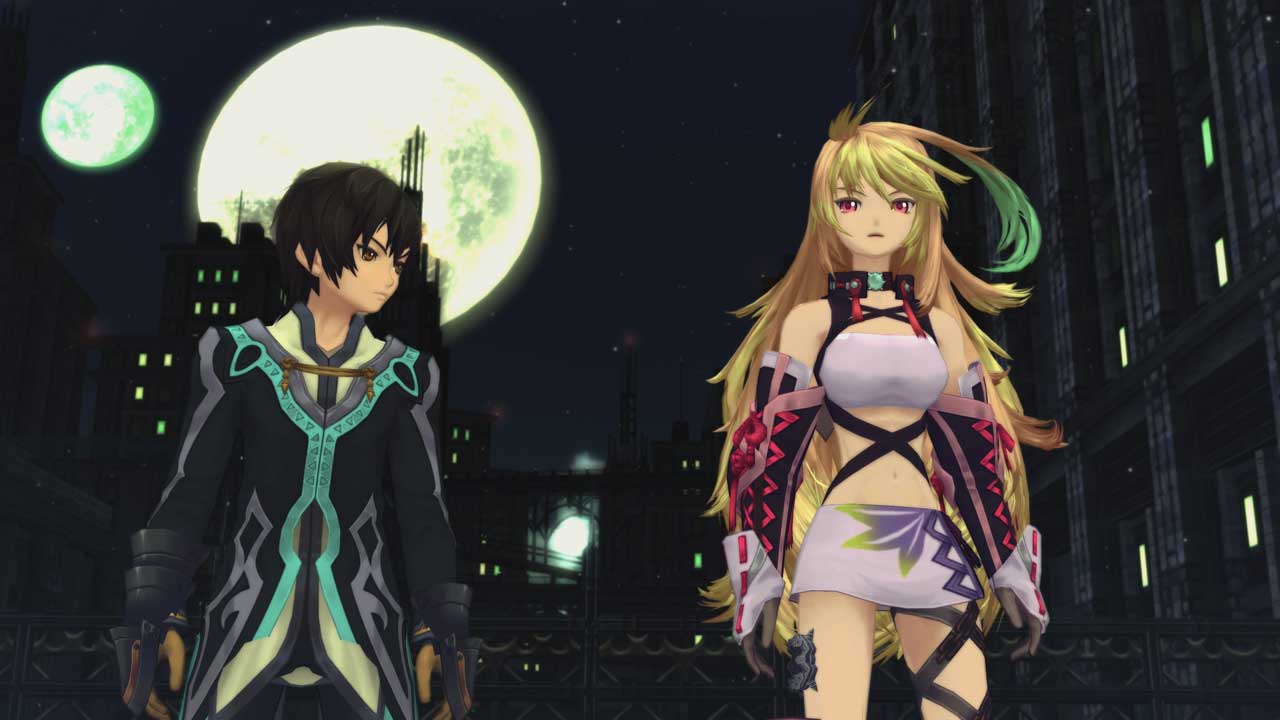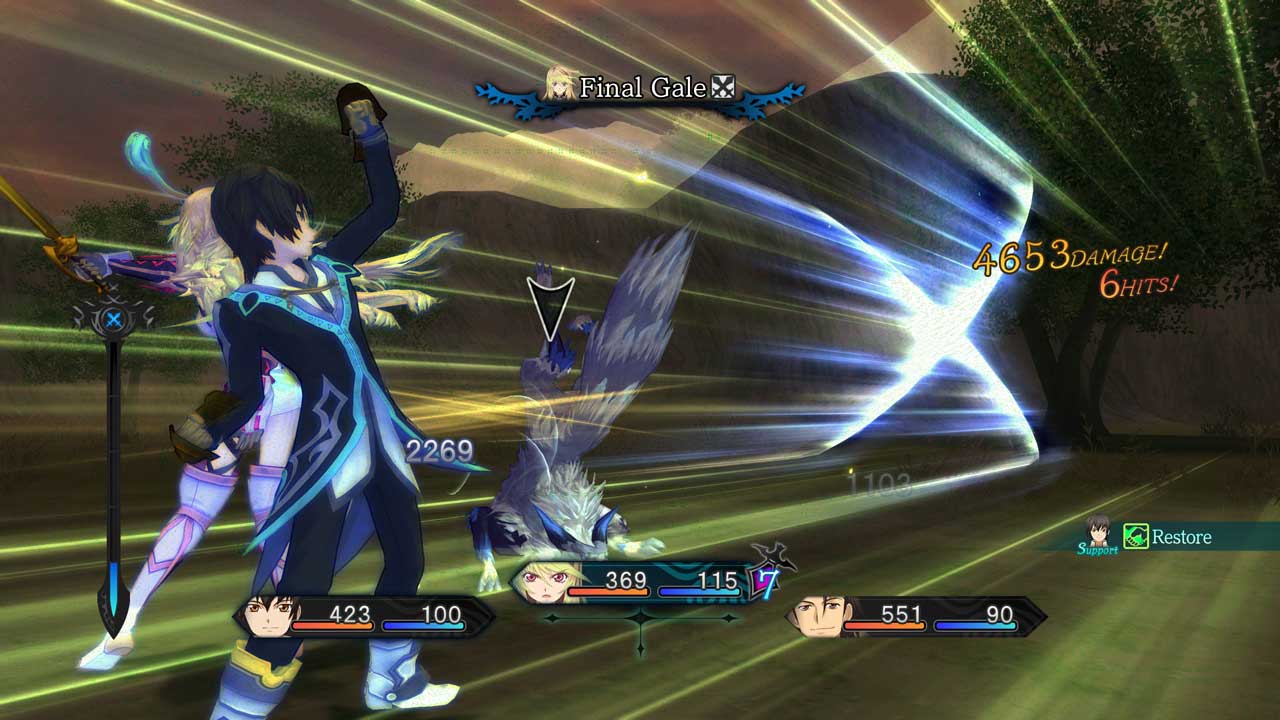There’s something quietly fascinating about revisiting a story that never asked for a second chance. Tales of Xillia wasn’t the most popular game of its era, but it left a mark, especially with the fans. And now, more than a decade later, it’s here again to conquer the hearts of new and old fans once more.
Booting up Tales of Xillia Remastered on PS5 feels less like nostalgia and more like recognition. It’s not trying to remind you of who you were when you first played it; it’s showing you how well its world still stands. The melodies, the pacing, the rhythm of its combat; they all return with a kind of confidence instead of just another relic of the past. This is more than just another polished game for modern hardware; it’s a reminder that craftsmanship never really goes out of style.
The world reframed
The PS5 version doesn’t reinvent Xillia, but it breathes life back into its bones. The world of Rieze Maxia still hums with energy; part grounded, part mythical. The remaster’s cleaner lighting and reworked textures make its layered towns and glowing forests feel warmer than ever. You won’t mistake it for a new release, but you’ll feel its heart beating stronger, and you’ll definitely notice all the upgrades in the visual department when you played the original. Performance-wise, the difference is night and day. Load times are gone before you can blink, framerate stays steady even during hectic battles, and transitions flow seamlessly. The result is simple: Xillia finally plays at the pace it always deserved.
The choice between Jude Mathis and Milla Maxwell still defines the game’s soul. Two journeys, parallel and intertwined. Jude’s path explores human resilience and moral doubt; Milla’s is about burden and conviction. They orbit the same truth from different sides, and together they give the story its meaning.
It’s not the kind of duality that’s there to steal the show or go all in with this mechanic; it’s quieter than that. You notice it in small gestures, in overlapping cutscenes that feel different once you’ve seen both sides. And even though the writing occasionally dips into familiar tropes, there’s an honesty to its delivery that still works.
Combat still shines
Few JRPGs from that era hold up as gracefully in motion as Tales of Xillia. Its battle system remains a joy, fast, clear, and full of small choices that add up to something elegant. The Dual Raid Linear Motion Battle System has aged like good choreography: simple moves that reveal depth the more you engage.
On PS5, the snappiness stands out even more. Every dodge, every Linked Arte, every combo hits cleanly. You feel in sync with your team, especially once you start pairing characters and discovering new attack patterns. It’s a combat loop that still rewards precision over button-mashing, and it’s easy to lose hours perfecting it again.
Where time shows
The remaster respects its source and maybe a little too much. The linear dungeons, familiar field designs, and predictable side quests remain mostly untouched. Some visual updates can’t hide the PS3-era geometry or the way camera angles occasionally betray their age. It’s beautiful in a nostalgic sense, not a technical one.
But those rough edges also give Xillia its texture. It’s a game that feels handcrafted, structured, deliberate, and sometimes slow. In a market obsessed with scale, there’s something refreshing about a JRPG that knows its limits and thrives within them.
Replay Xillia today and you’ll remember why its characters stuck with so many players. It’s not just their designs or dialogue; it’s their chemistry. Every skit, every conversation, every small argument between Jude, Milla, Alvin, Leia, Rowen, and Elize still feels organic.
The remaster subtly enhances that by letting the emotion read better. The new resolution sharpens faces, expressions, and movement. It’s minor, but it gives those old skits, once simple talking heads, more life. And once again, you realize how much of Xillia’s charm comes from its quiet moments rather than its grand scenes.
A few modern touches
What makes this remaster work isn’t visual spectacle, instead, it’s polish. The autosave system, reworked UI, cleaner quest tracking, and faster navigation are all small, thoughtful additions that make it easier to just play.
Audio mixing has also been refined. The orchestral tracks carry more clarity, voice lines are less muddy, and the blend between battle noise and dialogue feels smoother. Sakuraba’s soundtrack, dramatic, layered, and melodic, still carries the soul of the series.
Conclusion:
Tales of Xillia Remastered doesn’t beg for attention, and maybe that’s why it feels so timeless. It’s comfortable in its own skin, faster, cleaner, but still true to the spirit that made it special. It remembers that character-driven storytelling and fluid combat are what keep people coming back, not photorealism or open-world checklists.
If you missed it back in 2013, this is the perfect moment to step in. If you’ve already lived this story once, it’s worth returning just to feel how well it holds up under modern light. Not every remaster earns its place; but this one does.
8/10
Tested on PlayStation 5




